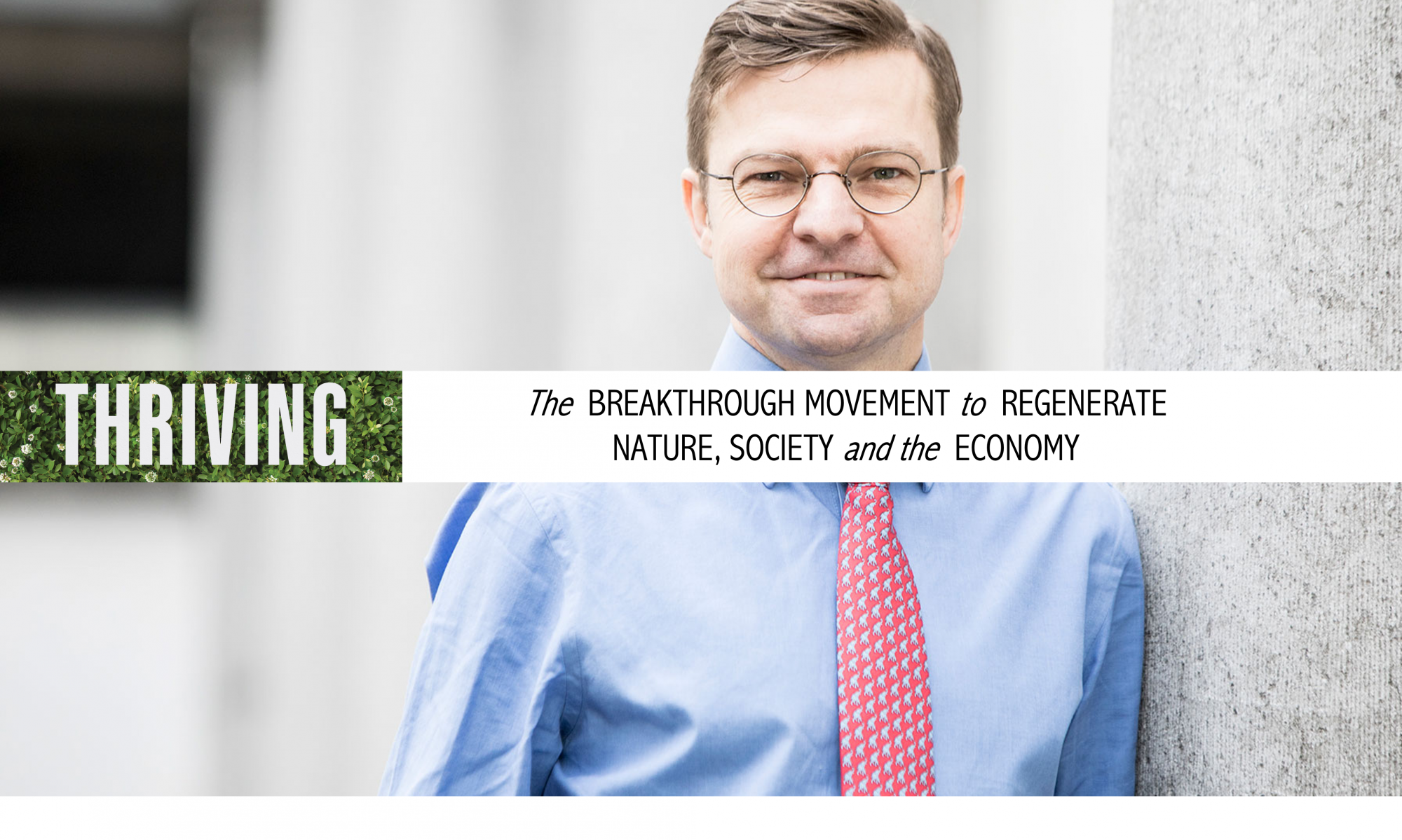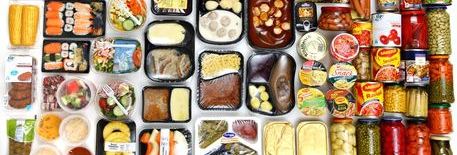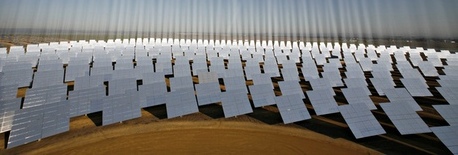Why banning dangerous chemicals is not enough
Article by Wayne Visser
Part of the Sustainable Innovation & Technology series for The Guardian.
To feed the world’s chemical addiction, production has had to grow rapidly over the last 40 years. Are companies doing enough to make products and processes safer?
The growth in chemical production in the past 40 years has been nothing short of explosive, with global output of $171bn in 1970 burgeoning to more than $4tn in 2010 (an increase of more than 2,000%). By 2050, the market is expected to expand further to more than $14tn (an increase of more than 250% from 2010), with the BRICS countries dominating and accounting for more than $6tn together ($4tn for China alone).
The message is clear: this is not an industry that is going away. We are all, with our modern lifestyles, totally hooked on chemicals, whether for energy (petrochemicals), colourants (paints, inks, dyes, pigments), food production (fertilisers, pesticides), health (medicines, soaps, detergents) or beauty (perfumes, cosmetics).
Yet, like all drugs, chemicals have some serious side effects. The World Health Organization (WHO) estimates that the chemical industry causes around a million deaths and 21m disability adjusted life years (DALYs) globally every year (based on 2004 data). DALYs are a measure of overall disease burden, expressed as the number of years lost due to ill-health, disability or early death.
The main cause of these serious health impacts are acute poisoning , occupational exposure and lead in the environment. What’s more, these WHO figures are almost certainly an underestimate, since they exclude (due to incomplete data) chronic consumer exposure to chemicals and chronic exposure to pesticides and heavy metals such as cadmium and mercury.
So here is the dilemma: chemicals are harming people – and even killing some of them – yet because of their benefits and the world’s addiction, they cannot be eliminated, even if the renewable energy and organic farming sectors continue their boom of recent years. Taking this as a starting point, the next question becomes: what has the chemical industry done to make its products and processes safer?
The industry has a self-regulatory programme called Responsible Care, which was created in 1985. According to the International Council of Chemical Associations’ (ICCA) decennial report on progress in 2012, 85% of the world’s leading global chemical companies have already signed up to its Global Charter. The ICCA can show significant improvements since 2002 in fatalities, injuries, carbon intensity and transportation incidents (others like water consumption, energy use and total carbon emissions are still heading in the wrong direction).
All this is part of ICCAs contribution to the UN’s Strategic Approach to International Chemicals Management (SAICM), which aims to achieve “sound chemical management” and to “minimise significant adverse impacts on the environment and human health” by 2020. That sounds good. But is it working? The data suggests we have a long way to go.
For example, in North America alone, 4.9m metric tons of chemicals are released annually into the environment or disposed of, according to 2009 figures. This includes nearly 1.5m metric tons of chemicals that are persistent, bio-accumulative and toxic; more than 756,000 metric tons of known or suspected carcinogens; and nearly 667,000 metric tons of chemicals that are considered reproductive or developmental toxicants.
Besides the health impacts of these emissions, the disruptive effects of chemical pollution on ecosystems also have significant economic consequences. The cost to the global economy of chemical pollution has been estimated at $546bn. This is projected to rise to $1.9tn by 2050, or 1.2% of global GDP. 57% of these externalities are associated with listed companies and their supply chains, and $314bn can be attributed to the largest 3,000 public companies in the world.
Scary numbers, but the chemicals sector says everything is under control. They are aware of the problems and are dealing with them, multilaterally and as a sector, through a plethora of initiatives – such as the Basel, Rotterdam and Stockholm Conventions, the US Toxic Release Inventory and the EU Registration, Evaluation, Authorisation and Restriction of Chemicals programme. The ICCA’s Chemicals Portal also offers free public access to product stewardship information. To date, product safety summaries are available for close to 3,500 chemicals.
And besides these collective efforts, most large companies now also have lists of chemicals they ban and those they prefer, such as Nike’s Considered Chemistry, Boots’ Priority Substances List, SC Johnson’s Greenlist and Sony’s Green Partners Standards. However, the issue is that these are defensive actions, a bit like trying to lock up a fierce lion in a cage, rather than taming it – or better still, exchanging it for a pet cat or dog.
Can the chemical sector ever be sustainable? The answer is maybe. The big leap forward – with a tantalising promise of not only making chemicals safer or ‘less bad’, but potentially harmless or even ‘good’ – is the emerging green chemistry industry, which I will explore in the next article.
Download
[button size=”small” color=”blue” new_window=”false” link=”http://www.waynevisser.com/wp-content/uploads/2014/10/article_sustech5_wvisser.pdf”]Pdf[/button] Why banning dangerous chemicals is not enough (article)
Related websites
[button size=”small” color=”blue” new_window=”false” link=”http://www.waynevisser.com/books/the-quest-for-sustainable-business”]Link[/button] The Quest for Sustainable Business (book)
[button size=”small” color=”blue” new_window=”false” link=”http://www.kaleidoscopefutures.com”]Link[/button] Kaleidoscope Futures (website)
[button size=”small” color=”blue” new_window=”false” link=”http://www.csrinternational.org”]Link[/button] CSR International (website)
Cite this article
Visser, W. (2014) Why banning dangerous chemicals is not enough. The Guardian, 16 September 2014.














